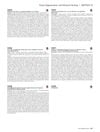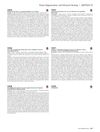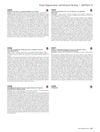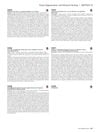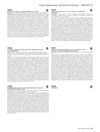Cutaneous Wounds Healed at the Cost of Overall Fitness in the Aged Balb/C Mouse Model
April 2018
in “
Journal of Investigative Dermatology
”
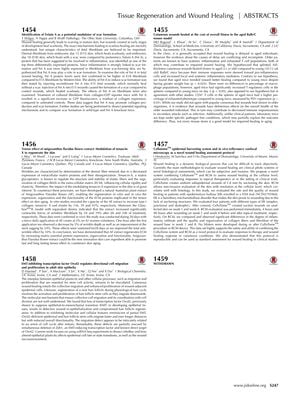
TLDR Older mice healed wounds better but lost more weight and might have weaker immune systems afterward.
In a study examining wound healing in aged versus young mice, researchers found that contrary to their hypothesis, aged Balb/C mice (2+ years old) trended toward better wound healing compared to young mice (10-12 weeks old), despite experiencing greater weight loss (p = 0.024). The aged mice also had significantly increased T regulatory cells in their spleens on day 3 (p < 0.05) and a higher percentage of exhausted phenotype CD4+ T cells, as indicated by PD1 expression (p < 0.01). These findings suggest that while wounds may not heal slower in older organisms, they can have negative effects on the overall health of the individual, potentially leading to decreased immune responsiveness to secondary challenges such as infections. The study highlights that not all mouse strains may be suitable models for impaired healing in aging due to differences in environmental conditions, such as the specific pathogen-free conditions in which laboratory mice are kept.

